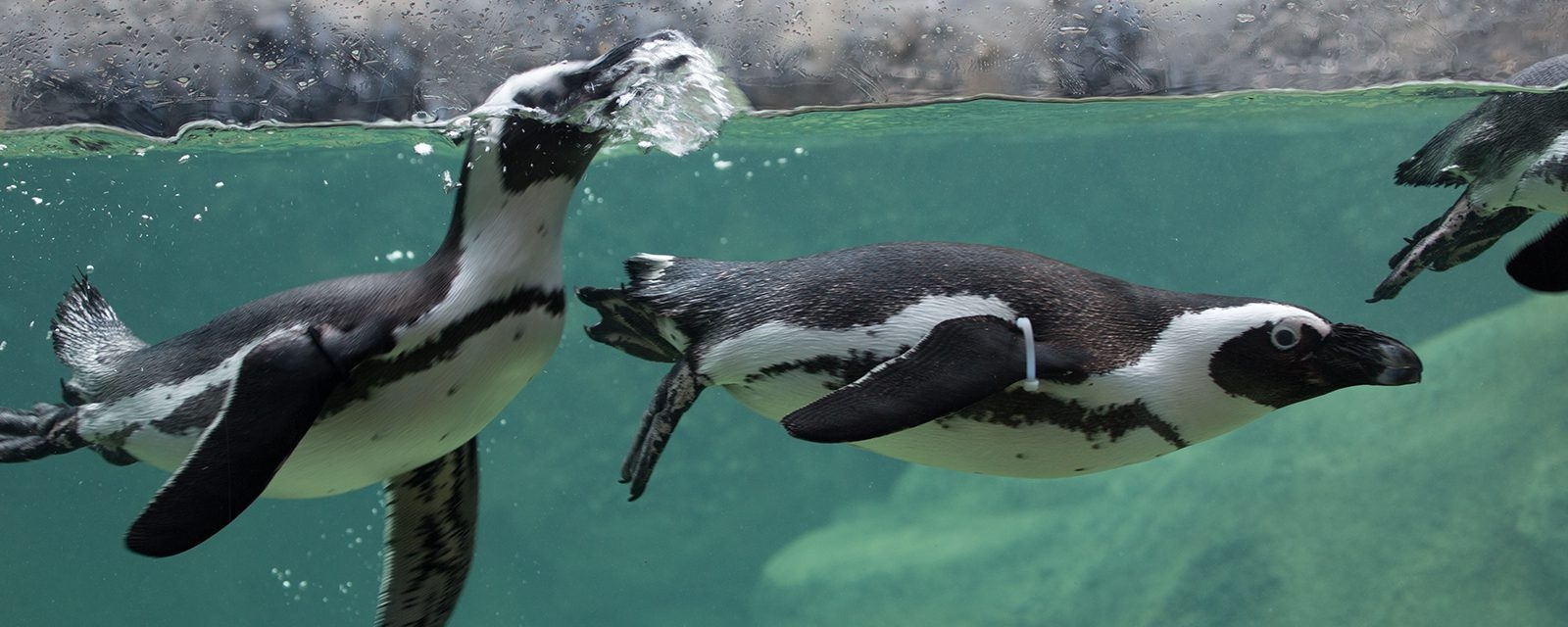Comments
- No comments found

The State of the World's Migratory Species assessment, released recently, sheds light on the challenges faced by migratory species globally.
Covering 1,189 species under the UN Convention on the Conservation of Migratory Species of Wild Animals, the report reveals that one in five migratory species is at risk of extinction, with 44% experiencing population declines.
Human activities, such as habitat destruction, hunting, and pollution, are identified as key threats. Climate change adds another layer of risk by altering migration routes and timings. Urgent global action is needed to address these challenges and ensure the preservation of migratory species.
Migratory species play a crucial role in ecosystems, often relying on specialized sites for feeding and mating, with their journeys spanning international borders and continents. Iconic species, including the monarch butterfly, humpback whale, and loggerhead turtle, showcase the extraordinary journeys undertaken by these species. The report underscores that unsustainable human activities are jeopardizing the future of migratory species, emphasizing the need for immediate attention and action.
Habitat destruction, driven by agriculture and fishing, emerges as a primary threat. Farming activities can destroy critical habitats, while "bycatch" in fishing vessels, where unintended species are ensnared, remains a significant threat, particularly for whales. The report also reveals intentional killing, whether for wild meat, sport, or perceived pest control, as a notable risk to some migratory species.
Over the past three decades, 70 species listed by the Convention on the Conservation of Migratory Species of Wild Animals (CMS) have become more endangered, including the steppe eagle, Egyptian vulture, and wild camel. Only 14 species have seen an improved conservation status, such as blue and humpback whales and the white-tailed sea eagle. Of the 158 mammals listed, 40 percent are globally threatened. Furthermore, 97 percent of the 58 listed fish species face a high risk of extinction, including migratory sharks, rays, and sturgeons. Among the 960 CMS-listed bird species, 14 percent are assessed as threatened, representing 134 species.
The report emphasizes that more than 960 species of birds listed under CMS, while only 14 percent are assessed as threatened, still amount to 134 species facing risks. Additionally, 399 migratory species, not yet CMS-listed, including albatrosses, ground sharks, and stingrays, are categorized as threatened or near-threatened. These findings highlight the need for broader conservation efforts beyond the current CMS list.
The report aims to inform the ongoing conference in Uzbekistan and draws attention to the species most at risk. It underscores threats from fishing, farming, and pollution and aligns with the global commitment to preserve 30 percent of the planet's land and sea by 2030, as established in the 2022 biodiversity agreement. Many migratory species contribute economic value and services, from tourism centered around whales, dolphins, elephants, and cheetahs to the essential pollination provided by birds and bats.
While these species offer economic benefits, they also connect communities globally, marking the passage of seasons through their departures and arrivals. The report serves as a call to action, urging nations to collaborate and address the threats faced by migratory species. It emphasizes the intricate web of life these species support and the need for comprehensive conservation measures to ensure their survival. In the face of unprecedented challenges, the international community must unite to protect the world's migratory species and preserve the planet's biodiversity for future generations.
Leave your comments
Post comment as a guest